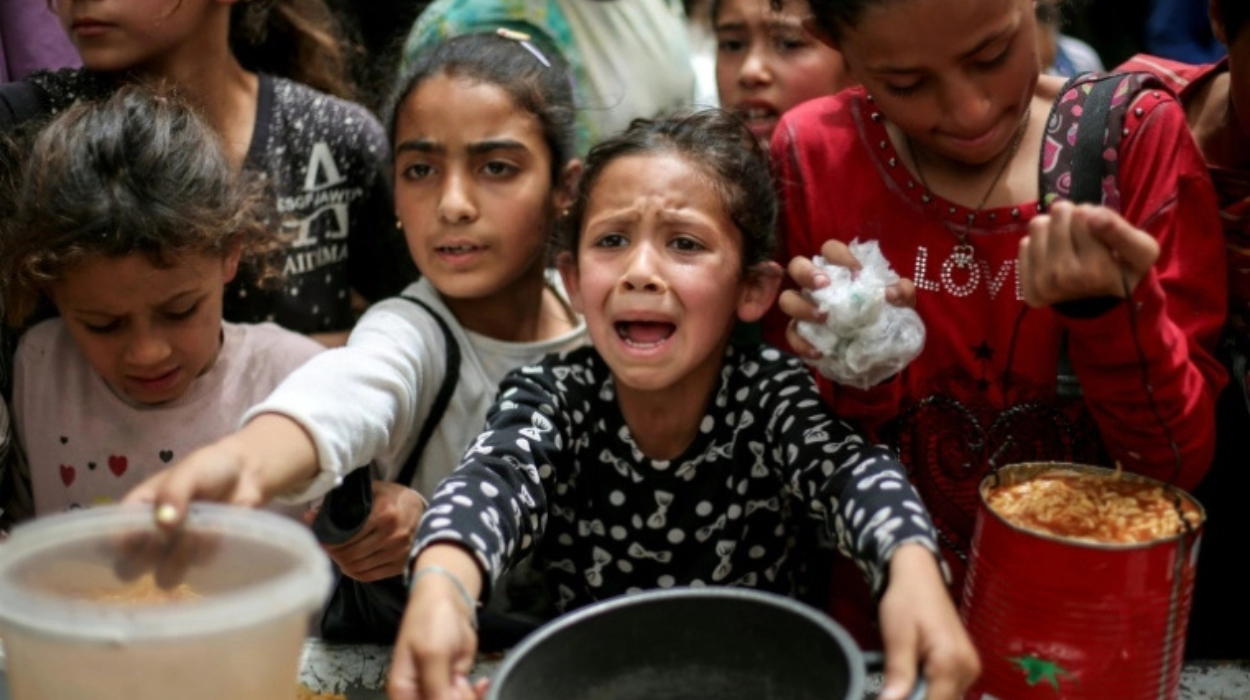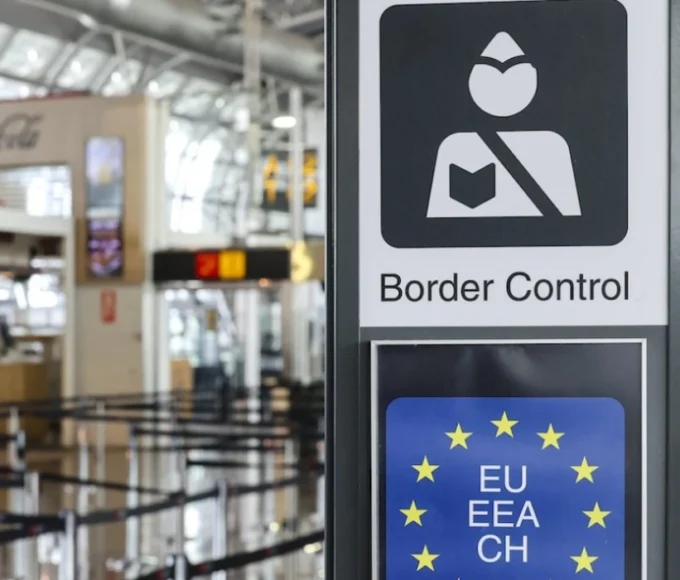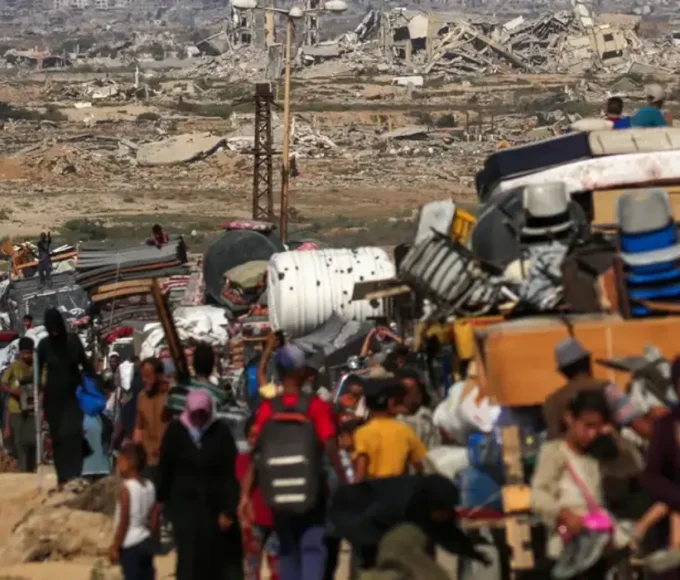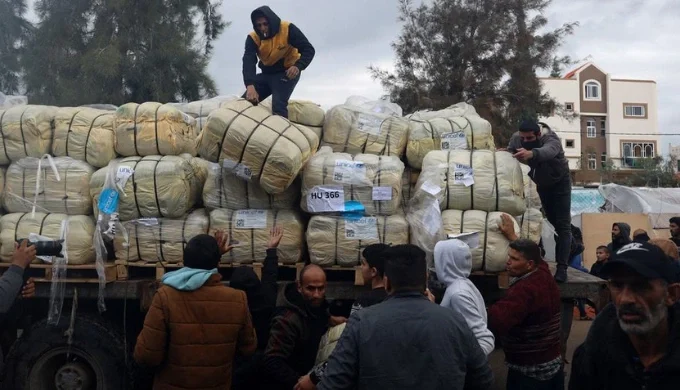Israel has begun mobilizing tens of thousands of military reservists as it prepares to expand its military operations in the Gaza Strip, according to multiple Israeli media outlets. The move follows the release of a video by Hamas’ military wing showing a wounded hostage, intensifying calls for a stronger military response and increasing pressure on Prime Minister Benjamin Netanyahu’s government to act decisively.
The renewed mobilization efforts come as Israel continues its air and ground assault on Gaza, a campaign reignited on March 18 after a two-month pause. This ongoing war stems from the devastating Hamas attack on southern Israel on October 7, 2023, which resulted in 1,218 Israeli deaths—most of them civilians—and the kidnapping of 251 people.
Read Also: Armenian and Slovenian Foreign Ministers Hold Key Meeting in Yerevan
On Saturday, at least 11 Palestinians, including three young children, were killed during an Israeli airstrike in Khan Younis, a city in southern Gaza. The strike reportedly targeted a residential building, leaving local civil defense teams and residents to search the rubble by hand. One witness described a scene of terror: “I saw a bright light, then a huge explosion, and everything was covered in dust. Our windows were blown out and our rooms destroyed,” said Fayka Abou Hatab, a neighbor.
The Israeli military has not officially confirmed the widespread media reports about the large-scale recall of reservists. However, military correspondents from several prominent outlets, including Army Radio, report that these mobilized reservists will replace active-duty soldiers stationed across Israel and in the occupied West Bank—allowing those units to redeploy to the Gaza front lines. Some individuals have already received “Tsav 8” emergency call-up orders, including acquaintances of AFP journalists.
The government’s justification for this escalation remains centered on hostage recovery. Netanyahu and his administration argue that increasing military pressure is the only viable path to force Hamas to release the 58 hostages still believed to be alive in Gaza. Of the original 251 people kidnapped in the October 7 attack, the Israeli army now considers 34 to be dead.
The call for military escalation intensified after Hamas’ armed wing, the Ezzedine al-Qassam Brigades, released a video on Saturday featuring a hostage identified by AFP and other media outlets as Maxim Herkin, a 37-year-old Russian-Israeli national. Speaking Hebrew with a Russian accent, Herkin, who appeared bandaged and visibly injured, identified himself as “Prisoner Number 24” and claimed to have been wounded in an Israeli bombing. His family has urged news organizations not to circulate the video.
The footage was likely filmed just before May 1, as the hostage references Israel’s upcoming independence celebrations. Israel observed its 77th anniversary on that date, according to the Hebrew calendar.
In response to the latest developments, thousands of Israelis took to the streets of Tel Aviv again on Saturday evening. Holding portraits of their loved ones still held in Gaza, demonstrators called on the government to prioritize hostage negotiations and take decisive action.
Meanwhile, the humanitarian situation in Gaza continues to deteriorate. With over 2.4 million people trapped in the blockaded territory, the United Nations has warned of famine and a total collapse of essential services. Since March 2, Israel has blocked humanitarian aid from entering Gaza, exacerbating the crisis. According to Gaza’s Health Ministry—whose figures are considered credible by the UN—over 52,495 Palestinians, most of them civilians, have died since the conflict began.
Images emerging from the war zone depict children waiting for food from charitable kitchens, grieving relatives at overwhelmed hospitals, and survivors combing through ruins for signs of life. In one particularly heartbreaking scene captured by AFP, a woman clutches the bloodied shoe of a deceased loved one at Gaza City’s Al-Shifa Hospital.
As the military prepares for a potentially extended campaign, the fate of both hostages and civilians—Israeli and Palestinian alike—remains precarious. The international community continues to call for restraint, but Israel’s military mobilization signals a long and painful chapter ahead.
This article is originally published on: boursorama









